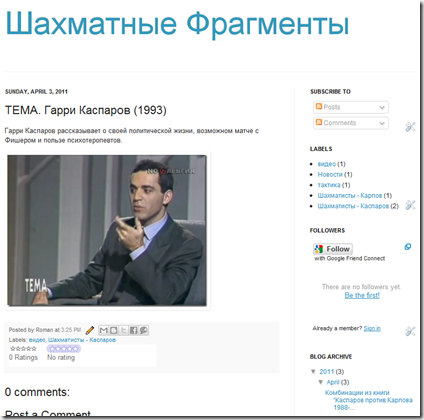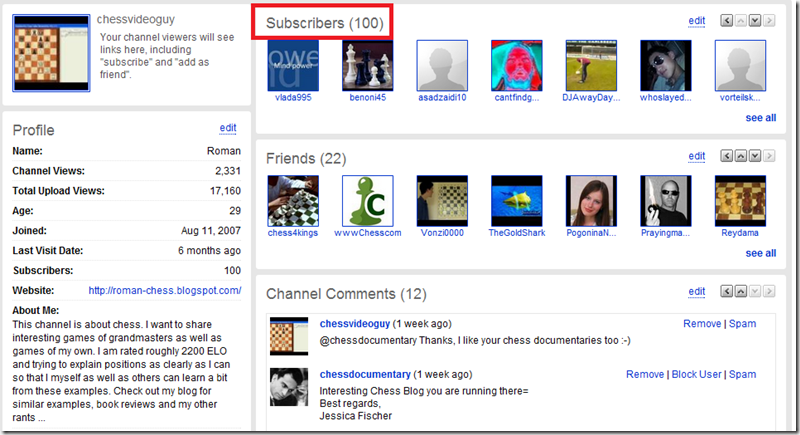Here is a blitz game where I was losing, but was able to come back to win. This only goes to illustrate that in online blitz games, having a winning position in no way guarantees a full point, and tables typically turn many times. It is thus important to stay focused till the very end.
DDT3000-ERADICATOR, ICC, 2011 Black to move
Black to move
Black played 26… Bxe5 which seems to be winning, but since White can’t recapture it because of back rank mate. I was about to resign, when I realized that I can stay in the game a bit longer by playing 27.g4
 Black continued with winning two pawns, but because of opposite coloured bishops, the position is not so clear.
Black continued with winning two pawns, but because of opposite coloured bishops, the position is not so clear.
27… Bxh2+ 28. Kxh2 Bxg4 29. Re8+ Kg7 30. Bd4+ Kh6 31. Be3+
 Black to move. White has some counter play, but after 31… g5 Black can continue to play for a win
Black to move. White has some counter play, but after 31… g5 Black can continue to play for a win
Instead he blundered twice with 31… Kh5? 32. Rh8 Bf3? 33. Kg3!
 Black to move. Rxh7 is a mate threat, and he has to give up a piece and went on to lose.
Black to move. Rxh7 is a mate threat, and he has to give up a piece and went on to lose.
Checkmate in the endgame is rare, so the irony is that on the first diagram White seemed to be forced remain down a piece to avoid back rank mate, and only several moves later – Black was in the same boat, except for this time there was no way to save the piece.










